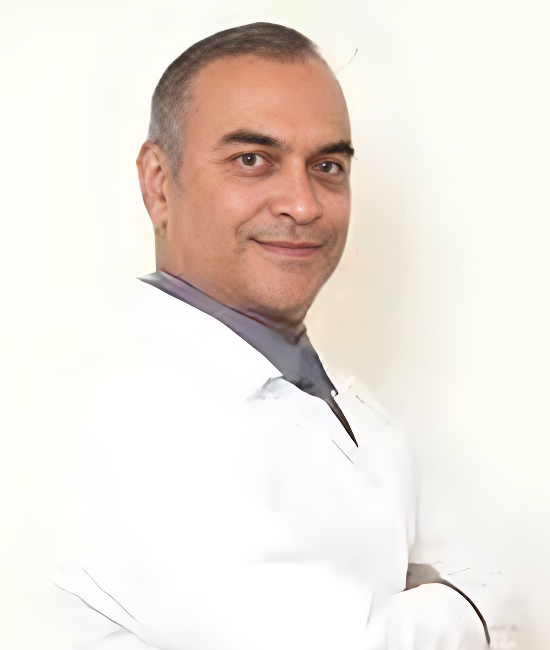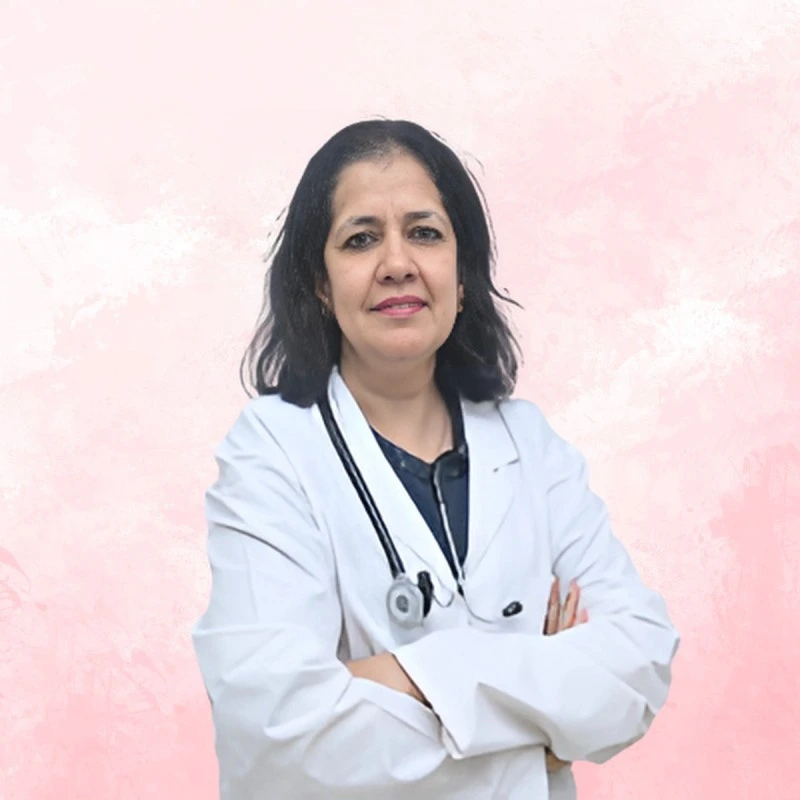India’s First Single-hole Robotic Cholecystectomy
A complex procedure was successfully performed to treat severe lumbar canal stenosis in a 40-year-old male patient weighing 185kg. Given the urgency of the situation and the patient's extreme weight, an intricate spinal decompression and stabilisation surgery was performed. Thereafter the patient regained his ability to walk and control his body functions. India's first-ever single-hole robotic cholecystectomy using conventional robotic instruments was successfully performed for a 60-year old male patient diagnosed with cholelithiasis, thickened gallbladder containing multiple large calculi each over 3 cm in size. This procedure, typically available in western countries with expensive specialized equipment, marks a significant milestone in Indian healthcare. The surgery was successfully completed within one hour without any major complications.See More



